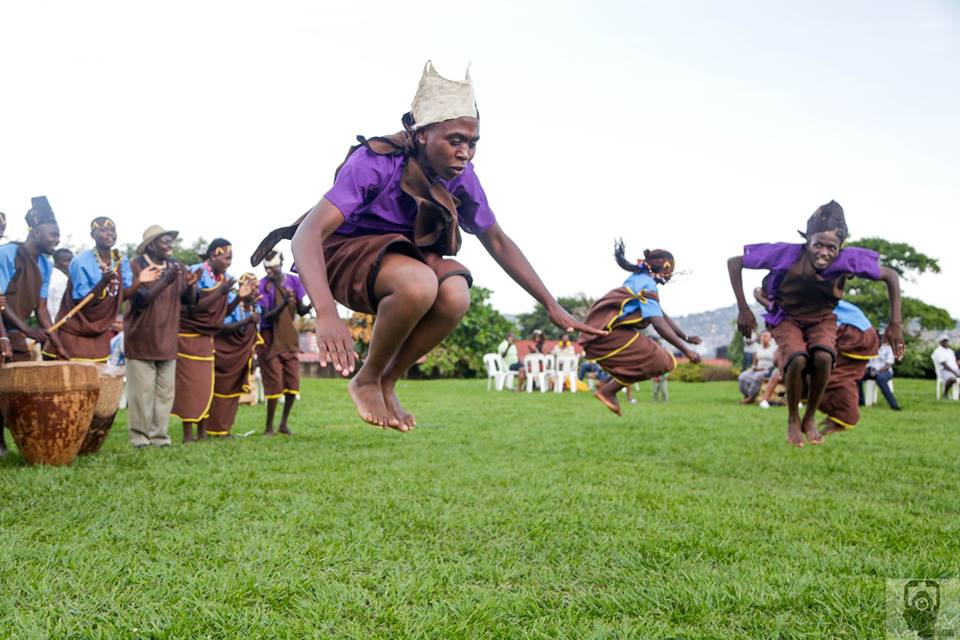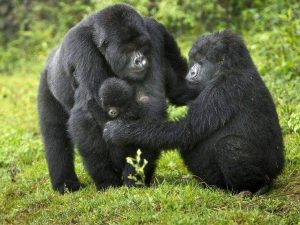Cultural Performances and Traditional Dances in East Africa
Cultural Performances and Traditional Dances in East Africa. East Africa is a region rich in cultural diversity, with numerous ethnic groups and traditions that span across countries like Kenya, Tanzania, Uganda, Rwanda, Burundi, and parts of Ethiopia and Somalia. One of the most vibrant expressions of this cultural diversity is through traditional dances and cultural performances. These dances serve as a form of storytelling, celebration, and community bonding, and are performed during important events such as weddings, harvest festivals, spiritual ceremonies, and cultural festivals.
In this post, we’ll explore some of the most significant traditional dances and cultural performances from different communities across East Africa.
1. Kenya: The Rich Tapestry of Dance Traditions
Kenya’s cultural landscape is shaped by over 40 ethnic groups, each with its unique traditional dances. The dances often reflect the daily lives, beliefs, and values of the communities, including celebrations of birth, marriage, and rites of passage.
a. Adumu (Jumping Dance) – Maasai
- Origin: Performed by the Maasai people.
- Description: One of the most recognizable dances in East Africa, Adumu is often referred to as the “jumping dance.” It is traditionally performed during the Eunoto ceremony, which marks the transition of young Maasai men into warrior status.
- Significance: The dance involves men jumping high in the air while keeping their bodies straight, competing to see who can jump the highest. It symbolizes strength, agility, and bravery.
b. Isukuti Dance – Luhya
- Origin: A popular dance among the Luhya people of Western Kenya.
- Description: Isukuti is a fast-paced, energetic dance performed to the rhythm of traditional drums known as Isukuti drums. The dance is often performed during weddings, birth ceremonies, and community celebrations.
- Significance: It is a joyful dance that symbolizes community unity, celebration, and the cycle of life.
c. Giriama Funeral Dance
- Origin: Performed by the Giriama people, one of the nine Mijikenda groups on Kenya’s coast.
- Description: This slow, rhythmic dance is performed during funeral ceremonies to mourn the deceased and to send them off to the afterlife. The dancers wear traditional attire and perform choreographed movements accompanied by drums and singing.
- Significance: It symbolizes respect for the dead and is part of the Giriama community’s elaborate funeral rituals.
2. Tanzania: Dancing to Celebrate Culture and Tradition
Tanzania, like Kenya, boasts a rich cultural heritage with over 120 ethnic groups. Music and dance are an integral part of Tanzanian culture, reflecting the history, values, and diversity of the nation.
a. Ngoma Dance
- Origin: Widespread across various Tanzanian communities, particularly the Sukuma, Zaramo, and Makonde people.
- Description: “Ngoma” means “drum” in Swahili, and this traditional dance revolves around drumming, singing, and vibrant movements. Each ethnic group has its version of Ngoma, often performed during weddings, harvests, and initiations.
- Significance: Ngoma symbolizes the community’s shared history and beliefs, with the dance often used to tell stories or celebrate significant events.
b. Mwomboko Dance – Kikuyu
- Origin: Performed by the Kikuyu people of central Kenya, but common in parts of northern Tanzania as well.
- Description: A popular dance that emerged during the colonial era, Mwomboko is performed in pairs, with men and women dancing to the rhythm of drums, accordions, and string instruments.
- Significance: It is a social dance that symbolizes community cohesion and celebration.
c. Unyago Dance
- Origin: Practiced along the Swahili coast by women.
- Description: Unyago is a traditional dance performed by women to initiate young girls into adulthood. It is performed during female rites of passage ceremonies to prepare young girls for womanhood, marriage, and responsibilities.
- Significance: The dance involves not only movements but also songs that pass on cultural values, sexual education, and gender roles.
3. Uganda: Traditional Dance as a Symbol of Unity and Diversity
Uganda is home to a wide variety of ethnic groups, including the Baganda, Banyankole, Acholi, and Basoga. Each community has its unique dance style, often performed during harvest festivals, royal ceremonies, and religious events.
a. Bwola Dance – Acholi
- Origin: Performed by the Acholi people in northern Uganda.
- Description: Bwola is a royal dance performed during important ceremonies, such as the coronation of a king or visits by high-ranking officials. Dancers form large circles and move rhythmically to the beat of drums, adorned with vibrant traditional attire.
- Significance: It is considered a royal dance, symbolizing respect for the king and celebrating the strength of the Acholi people.
b. Ekizino Dance – Bakiga
- Origin: Performed by the Bakiga people of southwestern Uganda.
- Description: Ekizino is an energetic and vigorous dance that involves stamping of feet and synchronized body movements, accompanied by drums and singing. It is often performed during harvests, weddings, and cultural festivals.
- Significance: This dance symbolizes strength, resilience, and the hardworking spirit of the Bakiga people.
c. Runyege Dance – Banyankole
- Origin: Performed by the Banyankole people of western Uganda.
- Description: Runyege is a courtship dance, where young men and women dance in colorful traditional attire, engaging in rhythmic movements to attract potential suitors.
- Significance: It serves as a platform for young people to meet, court, and celebrate their culture, often performed during social gatherings and festivals.
4. Rwanda and Burundi: The Dance of the Drums
Rwanda and Burundi share many cultural similarities, and traditional dances play a significant role in their social and political life.
a. Intore Dance – Rwanda
- Origin: A traditional dance of the Tutsi people in Rwanda.
- Description: Intore means “the chosen ones” and was historically performed by warriors who had distinguished themselves in battle. The dance involves synchronized movements, with performers holding spears and shields, emulating bravery and strength.
- Significance: It symbolizes the bravery of Rwandan warriors and is often performed during national ceremonies and important cultural events, including Kwita Izina, the gorilla-naming ceremony.
b. Burundi Drummers (Royal Drummers of Burundi)
- Origin: A signature performance of the Burundi kingdom, dating back centuries.
- Description: The Royal Drummers of Burundi perform powerful, rhythmic drumming using large drums known as ingoma. The drumming is accompanied by dancing, acrobatic movements, and chanting.
- Significance: The ingoma drumming tradition is a national symbol of Burundi’s cultural identity, and it represents strength, unity, and spiritual connection to the ancestors. It is often performed during royal events, weddings, and national festivals.
5. Ethiopia and Somalia: Expressing Identity Through Dance
Ethiopia and Somalia, located in the Horn of Africa, are known for their ancient cultures and traditions. Traditional dances in these countries are deeply rooted in the history and daily lives of the people.
a. Eskista Dance – Ethiopia
- Origin: Practiced by the Amhara, Oromo, and other Ethiopian communities.
- Description: Eskista is a shoulder dance characterized by shoulder shaking, head movements, and rhythmic footwork. It is often performed to traditional Ethiopian music featuring string instruments like the krar.
- Significance: The dance is a form of celebration, symbolizing the joy and resilience of the Ethiopian people.
b. Niiko Dance – Somalia
- Origin: A traditional dance of the Somali people.
- Description: Niiko is performed during weddings and celebrations. It involves hip movements and is usually performed by women wearing traditional Somali attire.
- Significance: It is a social dance used to celebrate marriages, community gatherings, and important life events.
Conclusion
The traditional dances and cultural performances of East Africa offer a colorful window into the region’s rich history, beliefs, and way of life. Whether it’s the high-jumping Adumu dance of the Maasai in Kenya, the Ngoma drums of Tanzania, or the royal Intore dance of Rwanda, these cultural expressions continue to connect the past with the present, celebrating the values and traditions that define East African identity.




